TX
Live from Abbey road
Broadcaster:Channel 4, More 4
Producer:Live From Abbey Road Productions
Start:11pm, 12 January (More 4); midnight, 15 January (C4)
Length:12 x 48 minutes
Commissioning editor:Neil McCallum
At studio one in Abbey Road, the Beatles muse works its magic as the Red Hot Chili Peppers break into a 20-second rendition of Come Together - before lead singer Anthony Kiedis breaks off to tell drummer Chad Smith to stop picking his nose while the cameras are still running.
I'm at a recording of Live from Abbey Road, a new series entirely self-funded by its co-producer Michael Gleason, a Texan oil entrepreneur and founder of his own music label, Farm Street Music. With the exception of the programme's director, Annabel Jankel, who co-created the cyberpunk music presenter Max Headroom in the late 1980s, most of those involved in the project are TV novices from the music industry.
It's refreshing to see an international band of the Chili Peppers' calibre behaving so candidly in the middle of a TV shoot, and that's exactly the way the producers want to keep it. 'It's about getting the bands to feel relaxed,' says co-producer Peter Van Hooke, who for many years played as a session drummer in Van Morrison's band and came up with the original concept for the series.
'We've tried to retain the atmosphere that musicians are used to in studios,' says Van Hooke.
To help achieve this, the studio audience and presenter have been dispensed with. Van Hooke believes they are elements that have been taken for granted for far too long in music TV shows.
'TV's been locked into this formula of presenter and studio audience, and getting the bands on and getting them off again quick. But if you saw every piece of TV drama filmed in a theatre with an audience, it wouldn't be the same.'
The format really does go back to basics and is bound to be a winner with purists. Each 60-minute show features three acts performing their own choice of three tracks. Other footage consists of the musicians featured talking about their work, and there are behind-the-scenes sequences of the artists candidly working on their performance.
This works particularly well in the spot reserved for newcomers such as Corrine Bailey Rae, who is really given a chance to shine in an environment that she clearly feels comfortable working in.
Because the venue itself is so steeped in history, thanks to the Beatles' legendary studio two recording sessions, the production team has had no problem attracting top-drawer talent.
The series line-up features a broad church of artists, from current album chart darlings such as the Kooks, Snow Patrol, the Zutons and the Feeling to long-established artists such as Iron Maiden, Primal Scream (pictured), Paul Simon and Randy Crawford. 'Abbey Road is the best place to play music in the world,' says Van Hooke. 'It was designed in the 1930s as a performance music studio and the rooms sound great because technically they've been tuned over the years.'
The brief for the production was 'sounds like a CD, looks like a movie' and one of the main challenges for technical supervisor Chris Bretnal was to get the footage from the HDW750 Sony camcorders used by the crew to look like 35mm stock.
'We did everything we possibly could to get it to look like film,' says Bretnal. 'People think if you switch your HD camera to 25p you'll automatically get this filmic look, but that's only a third of it.' The other two-thirds involved the use of Prime lenses on the six-camera shoot and the implementation of a Pro 35 converter that enabled Bretnal to reduce the depth of field, making the final images appear more film-like. When it came to the grade in post, film colours were also used.
To keep the candidness going while the cameras were rolling, the operators were briefed to shoot three or four minutes before the official 'action' signal was given, and then record for another three or four minutes after the director shouted 'cut'.
'This is the best time to catch the band,' says Bretnal. 'The interactions that happen during these moments are important, because the idea is not to be a TV show but to sit in on a recording session.'
Each act was allotted half a day's recording in either studio one or studio two. According to director Jankel, who has made promos for the likes of Elvis Costello and Talking Heads, they all took different approaches.
'Because we design the show around them, it's up to the bands what they choose to do with their time. Some plough through the recordings in two hours, while others tend to graft away for the entire time until they've got the take they're happy with.'
Jankel adds that some artists, such as David Gilmour, have put the tracks that they've recorded for the show onto their own albums.
The edit was done in-house on Apple's Final Cut Pro, which, according to Van Hooke, allowed the production to keep the costs down and maintain creative control over the final product. Gleason adds that self-financing the project has given them a degree of creative control that they may not have received from broadcasters. It also means he gets to hold onto the rights to a show that requires little localisation when it's marketed into other territories.
A distribution deal has already been made with Fremantle Inter-national and the series was snapped up by Channel 4 and E4 earlier this year. C4 commissioning editor Neil McCallum describes the acquisition as a no-brainer. 'It's a very simple premise: get the best musicians in the world, and put them in Abbey Road. You get the proposition immediately.'
Production credits
ProducersMichael Gleason, Peter Van Hooke
DirectorAnnabel Jankel
Music producerPeter Van Hooke
Talent co-ordinatorFraser Kennedy
DoPKelvin Richard
EditorKeith Mottram
Technical supervisorChris Bretnal
Sound recording and mixGraham Bonnett, Rupert Cobb
Post-production managerJohn Mills
Production co-ordinatorJoshua Van Hooke

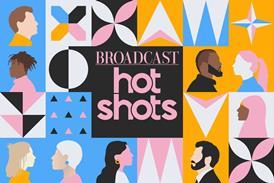
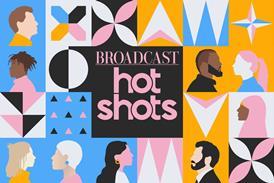
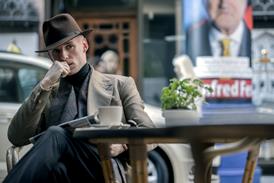



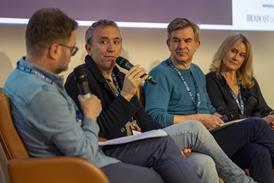
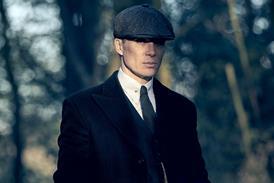
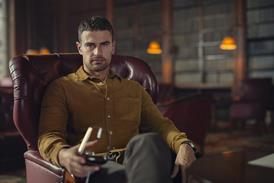

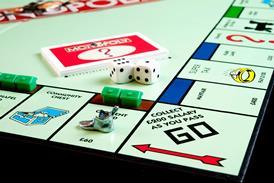
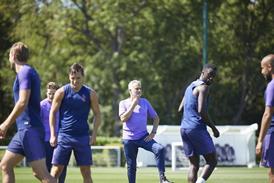
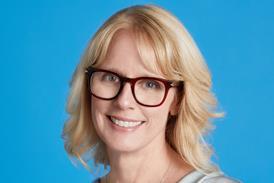
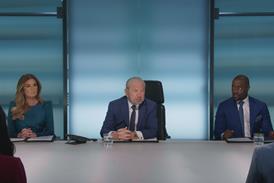
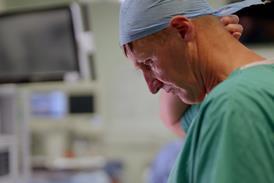
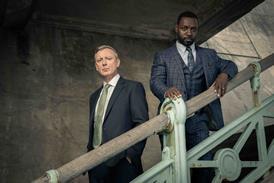












No comments yet